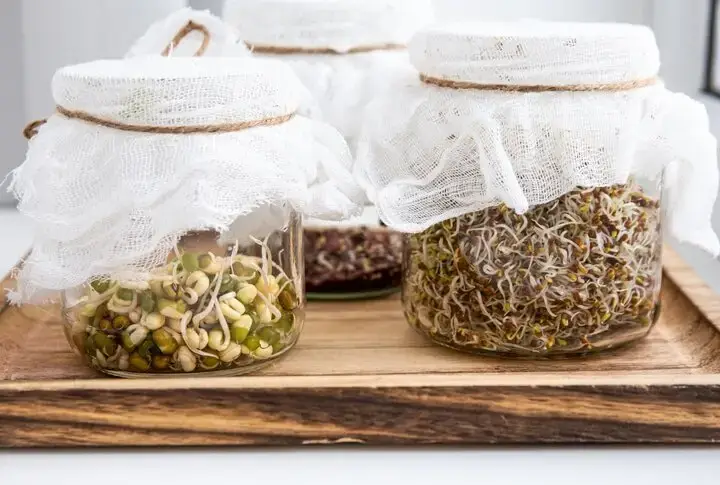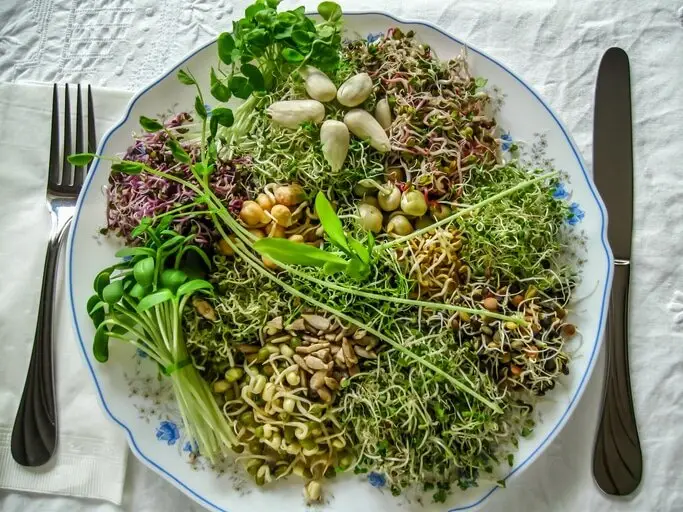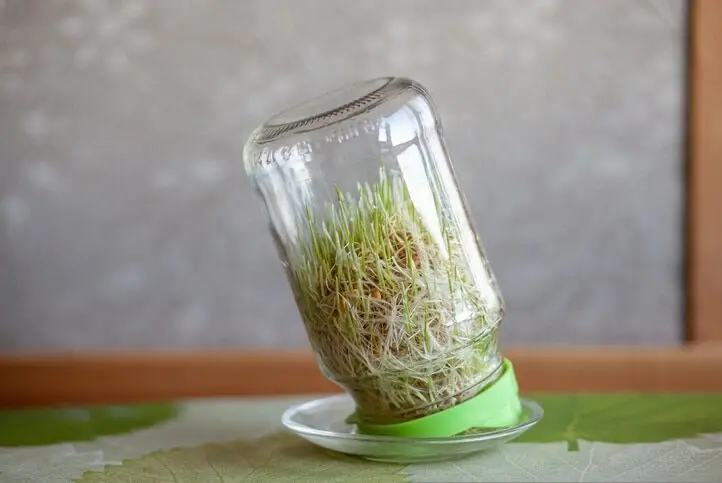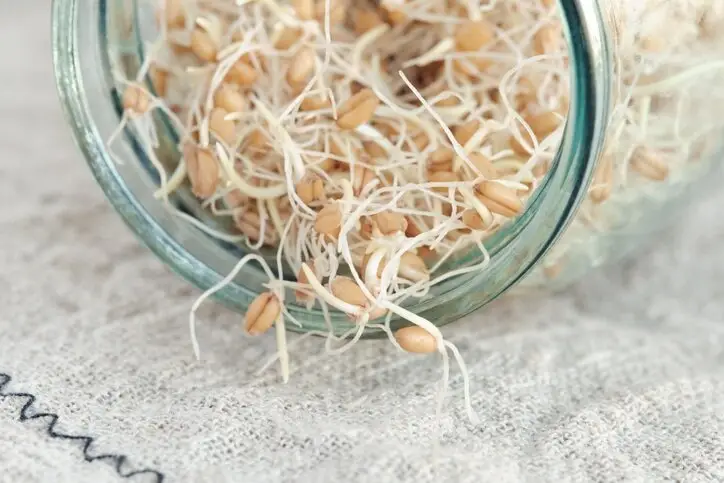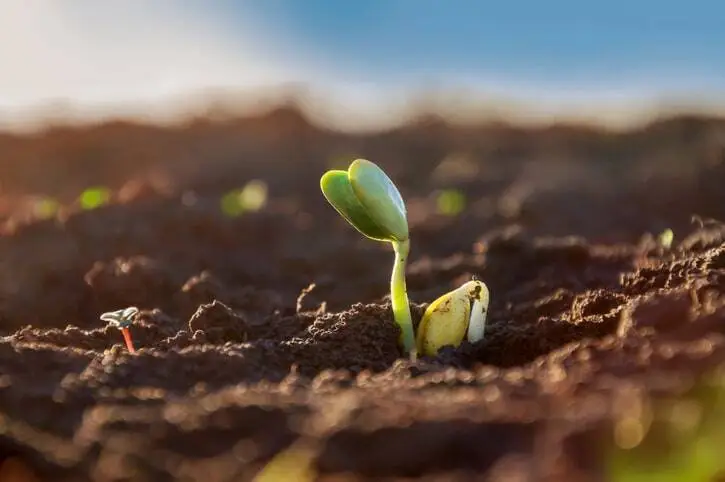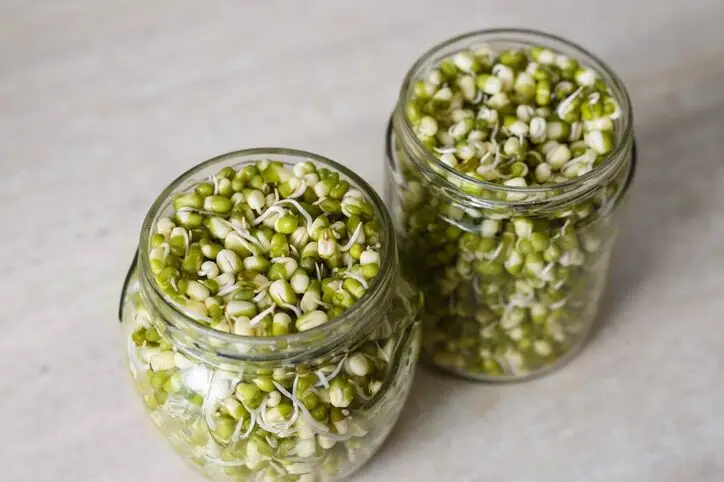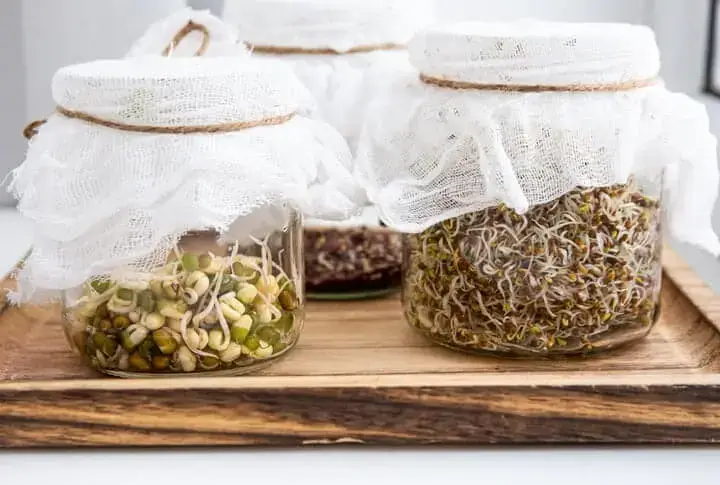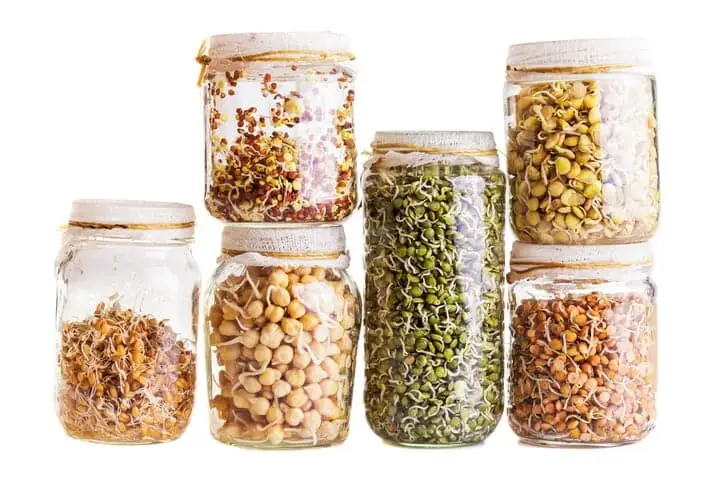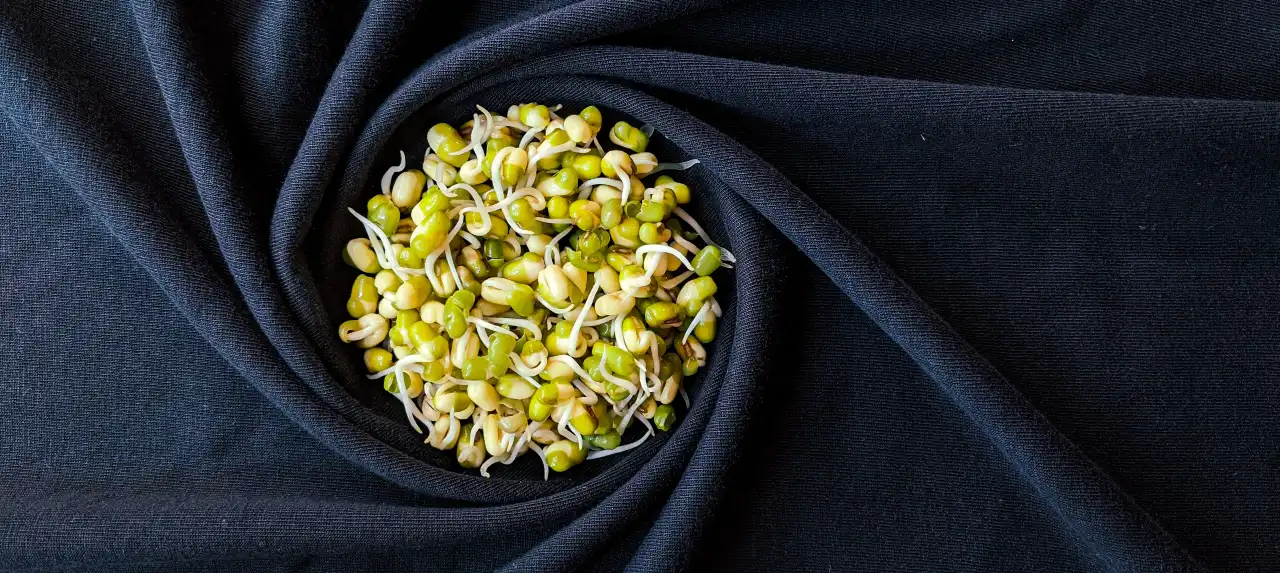The History of Sprouting: From Ancient Times to Modern Day
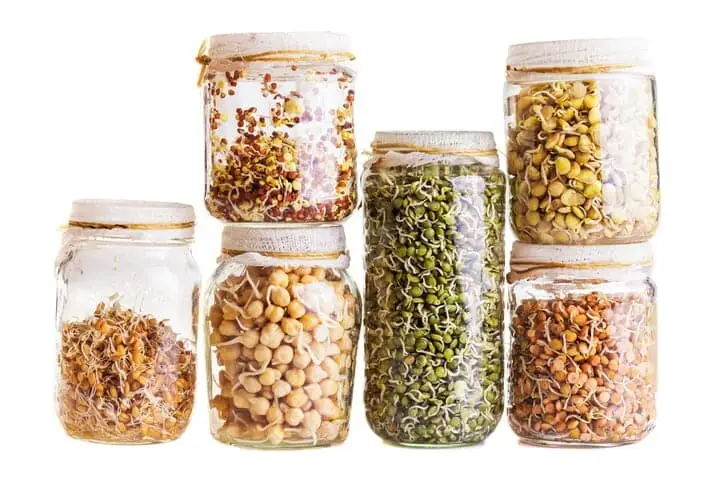
Sprouting is a practice that dates back thousands of years. Many cultures throughout history have used sprouts as a source of nutrition and healing. The ancient Chinese, for example, believed that sprouts had medicinal properties that could help cure diseases and promote longevity. The ancient Egyptians also used sprouts in their diets, particularly in bread-making.
In ancient times, sprouts were considered a symbol of new life and were often associated with the renewal of spring. Many cultures would celebrate the arrival of spring by sprouting grains, beans, and seeds, which were believed to contain the vital energy of the earth.
The use of sprouts in healing dates back to the earliest civilizations. In China, sprouts were used to treat a variety of ailments, including digestive issues and respiratory problems. The ancient Greeks also recognized the healing properties of sprouts and used them to treat wounds and promote overall health.
In more recent times, scientific research has confirmed many of the health benefits associated with sprouting, including increased nutrient content and improved digestion. Today, sprouts are widely available in health food stores and supermarkets, and many people grow their own sprouts at home.
One of the most popular types of sprouts is alfalfa sprouts. These small, delicate sprouts are high in vitamins and minerals, including vitamin K, vitamin C, and calcium. Bean sprouts are another popular variety, often used in Asian cuisine. These sprouts are high in protein and fiber, making them a nutritious addition to stir-fries and salads.
In addition to their nutritional value, sprouts are also easy and inexpensive to grow. All you need is a few basic supplies and some seeds. By sprouting at home, you can enjoy fresh, nutrient-dense sprouts year-round, regardless of the season.
Overall, the history of sprouting is a testament to the power of nature and the importance of incorporating fresh, nutrient-dense foods into our diets. By embracing the practice of sprouting, we can enjoy a range of health benefits and connect with our food in a meaningful way.
Disclaimer
The information provided in this article is for educational and informational purposes only and is not intended as medical advice. It is not a substitute for professional medical advice, diagnosis, or treatment. Always seek the advice of a qualified healthcare provider with any questions you may have regarding a medical condition. The author and publisher of this article are not responsible for any adverse effects or consequences resulting from the use of any suggestions, preparations, or procedures described in this article.


